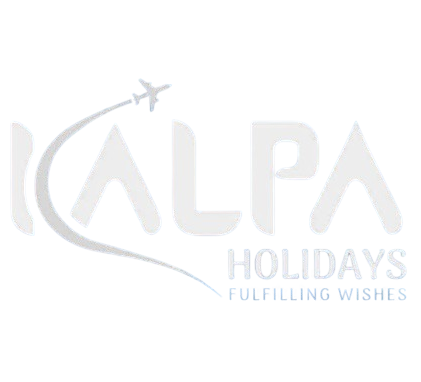The Gosai Kunda Holy Lake Trek unfolds in the mesmerizing Langtang region of Nepal, promising a unique blend of spiritual discovery and natural beauty. Nestled within the Langtang National Park, the trek leads intrepid explorers to the sacred Gosai-Kunda Lake, perched at an altitude of 4380 meters.
The lake, considered holy by Hindus and Buddhists alike, draws pilgrims during the August full moon festival for a purifying dip in its icy waters. Surrounding the turquoise expanse are towering peaks such as Langtang Lirung and Dorje Lakpa, creating a surreal setting. Beyond the scenic allure, the trek offers cultural immersion as it winds through Tamang and Sherpa communities, showcasing vibrant traditions through prayer flags, Mani walls, and ancient monasteries.
The diverse terrain, from dense forests to alpine meadows, presents both challenges and rewards. Trekkers can anticipate encounters with the rich biodiversity of the Langtang National Park, including red pandas and Himalayan tahr. The Gosai-Kunda Holy Lake Trek, best undertaken in the post-monsoon (September to November) or pre-monsoon (March to May) seasons, promises not only a physical adventure but a profound spiritual and cultural journey through the heart of the Langtang region.
Gosai Kunda Holy Lake Trek Highlights
1. Trek through Tamang and Sherpa villages for a cultural immersion with monasteries and prayer flags.
2. Enjoy breathtaking views of the Langtang mountain range, including Langtang Lirung and Ganesh Himal, through forests and alpine meadows.
3. Explore Langtang Valley’s beauty on the way to Gosaikunda, featuring traditional villages and diverse flora and fauna.
4. Langtang National Park houses red pandas, Himalayan tahr, and langur monkeys—spot them during the trek.
5. Visit Kyanjin Gompa, a significant Buddhist monastery in Langtang Valley, for cultural insights and panoramic mountain views.
6. Indulge in local cuisine like dal bhat, momos, and traditional dishes to experience Nepalese mountain food.
7. Cross Laurebina La Pass at 4,610 meters for stunning vistas of mountains and valleys.
Best time for Gosai Kunda Holy Lake Trek
The best time to trek the Gosai Kunda Holy Lake Trek is during the spring and autumn seasons in Nepal. These periods offer the most favorable weather conditions, clear skies, and optimal temperatures for trekking.
Spring Season (March to May)
Spring is one of the most popular times to trek in the Langtang Region, which includes the Gosai Kunda Holy Lake Trek. During this season:
- Weather Conditions: The weather is generally mild and pleasant, with daytime temperatures ranging from 10°C to 20°C at lower elevations, while higher elevations are cooler.
- Clear Views: The skies are typically clear, providing stunning views of the surrounding mountains, including Langtang Lirung, Ganesh Himal, Manaslu, Annapurna Range, and Himal Chuli.
- Flora: The rhododendron and pine forests are in full bloom, creating a vibrant landscape with colorful flowers and lush greenery.
- Crowds: Though this is a popular trekking season, the Gosai Kunda Holy Lake Trek trails remain less crowded than other treks in the Langtang Region.
Autumn Season (September to November)
Autumn is another ideal time to trek the Gosai Kunda Holy Lake this season:
- Weather Conditions: The weather is stable with clear skies, low humidity, and pleasant temperatures, similar to spring. Daytime temperatures range from 10°C to 20°C at lower elevations, while it is cooler at higher altitudes.
- Clear Views: Autumn is known for its crisp air, providing excellent visibility of the surrounding peaks and landscapes.
- Festivals: This season aligns with major Nepali festivals like Dashain and Tihar, offering cultural insights and opportunities to experience local traditions.
- Crowds: Though autumn is the peak trekking season in Nepal, the Hyolmo Cultural Village Trek trails are less crowded compared to other treks.
Off-Season Considerations
While spring and autumn are the best time for the Gosai Kunda Lake Trek, some trekkers prefer off-season trekking for a unique experience. However, these periods come with challenges:
- Winter Season (December to February): Trekking in winter offers solitude and stunning snowy landscapes, but temperatures can drop significantly, especially at higher elevations. Trails might be icy, and some teahouses could be closed.
- Monsoon Season (June to August): The monsoon brings heavy rain, making trails slippery and increasing the risk of landslides and leeches. The clouds and rain can also obstruct mountain views.
Overall, spring and autumn offer the best combination of weather, views, and cultural experiences, making them the ideal times to trek the Gosai Kunda Holy Lake. If you’re planning a trip during the off-season, be prepared for additional challenges and always check weather forecasts and trail conditions in advance.
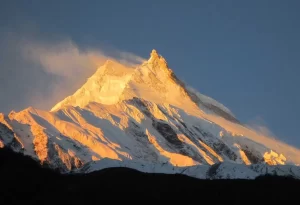 Trekking
Trekking
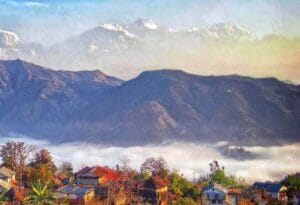 Trekking
Trekking
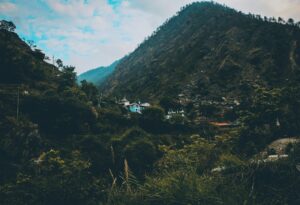 Trekking
Trekking
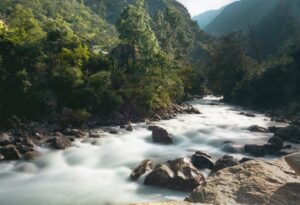 Trekking
Trekking
 Trekking
Trekking
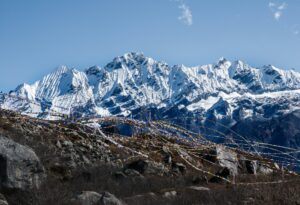 Trekking
Trekking
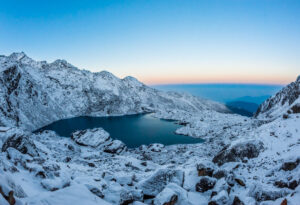 Trekking
Trekking
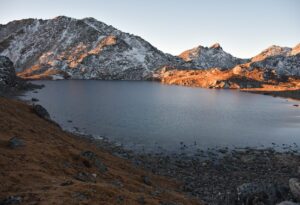 Trekking
Trekking
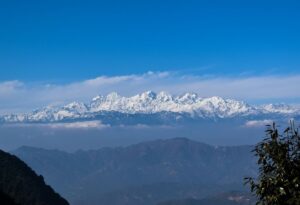 Trekking
Trekking
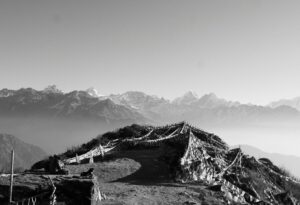 Trekking
Trekking
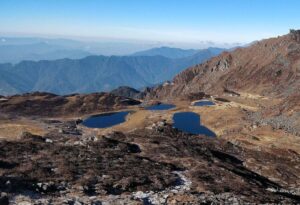 Trekking
Trekking
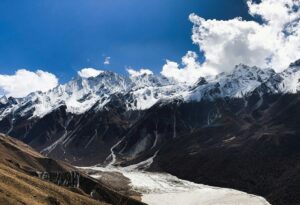 Trekking
Trekking
